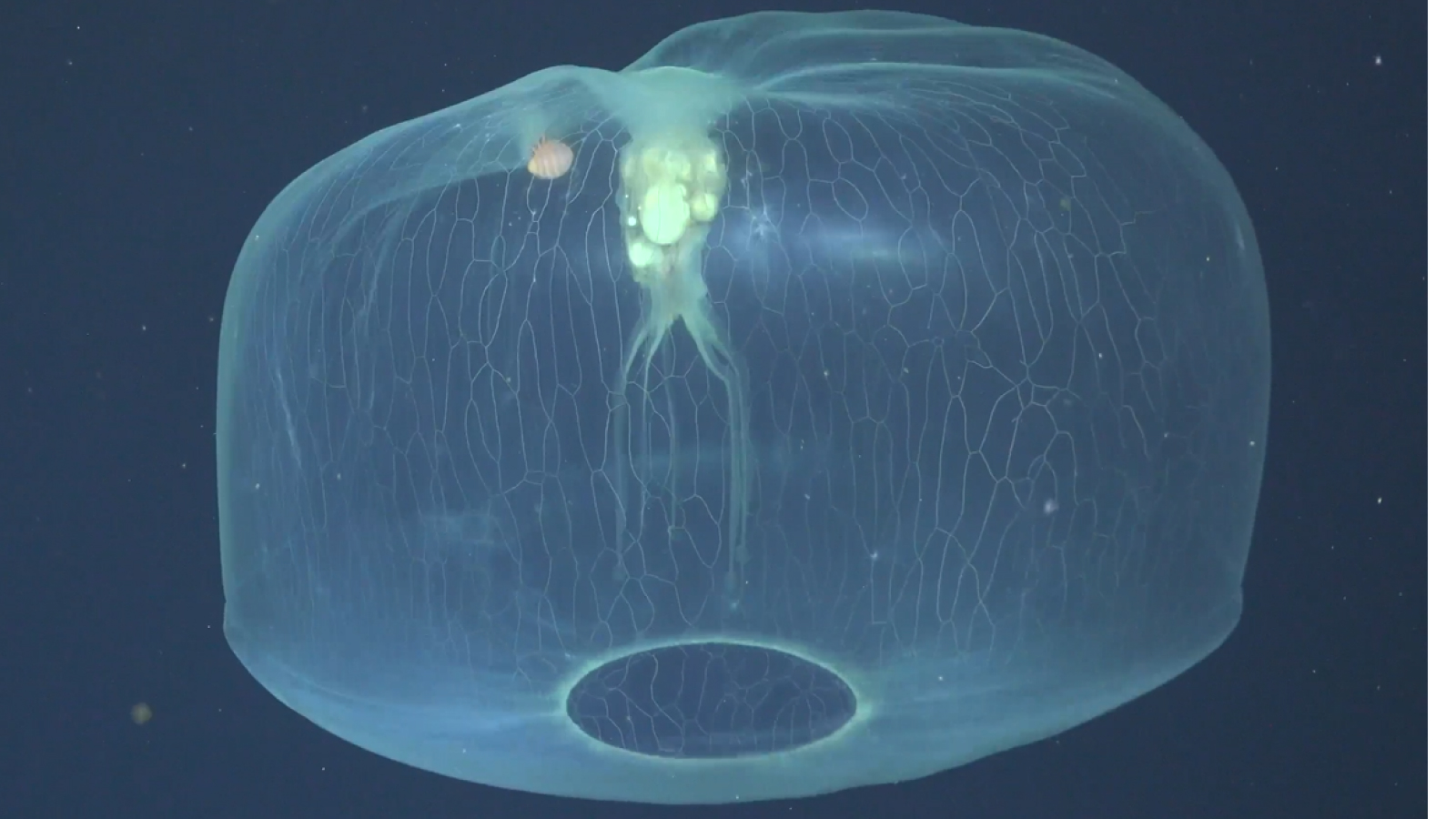Plants, Vol. 12, Pages 603: Polyphenol and Tryptophan Contents of Purple Corn (Zea mays L.) Variety KND and Butterfly Pea (Clitoria ternatea) Aqueous Extracts: Insights into Phytochemical Profiles with Antioxidant Activities and PCA Analysis
Plants doi: 10.3390/plants12030603
Authors: Juthamat Ratha Chawalit Yongram Panyada Panyatip Patcharapol Powijitkul Pimolwan Siriparu Suthida Datham Aroonsri Priprem Tarapong Srisongkram Ploenthip Puthongking
Plants are a rich source of phytochemical compounds with antioxidant activity. Several studies have revealed that the consumption of plant polyphenols reduces the risk of diseases. Purple corn (Zea mays L. variety KND) and butterfly pea (Clitoria ternatea; CT) were selected to be investigated as alternative natural polyphenol sources to increase the value of these plants. Phytochemical profiles and antioxidant activities of KND cob, silk, husk and CT extracts alone and in combination were investigated in this study. The results revealed that purple corn cob (C) extract had the highest tryptophan, melatonin, total anthocyanin (TAC) and delphinidin content, while the purple corn silk (S) extract showed the highest total phenolic content (TPC) and antioxidant activities. Serotonin was found only in purple corn husk (H) extract and C extract. High contents of tryptophan and sinapic acid were found in CT extract. Principal component analysis (PCA) revealed that strong antioxidant activities were strongly correlated with protocatechuic acid and p-hydroxybenzoic acid contents, moderate antioxidant activities were strongly correlated with melatonin, and low antioxidant activities were strongly correlated with sinapic acid content. Therefore, the purple corn variety KND waste cobs, silk and husks are a potentially rich source of health-promoting phytochemical compounds.

 1 year ago
46
1 year ago
46


